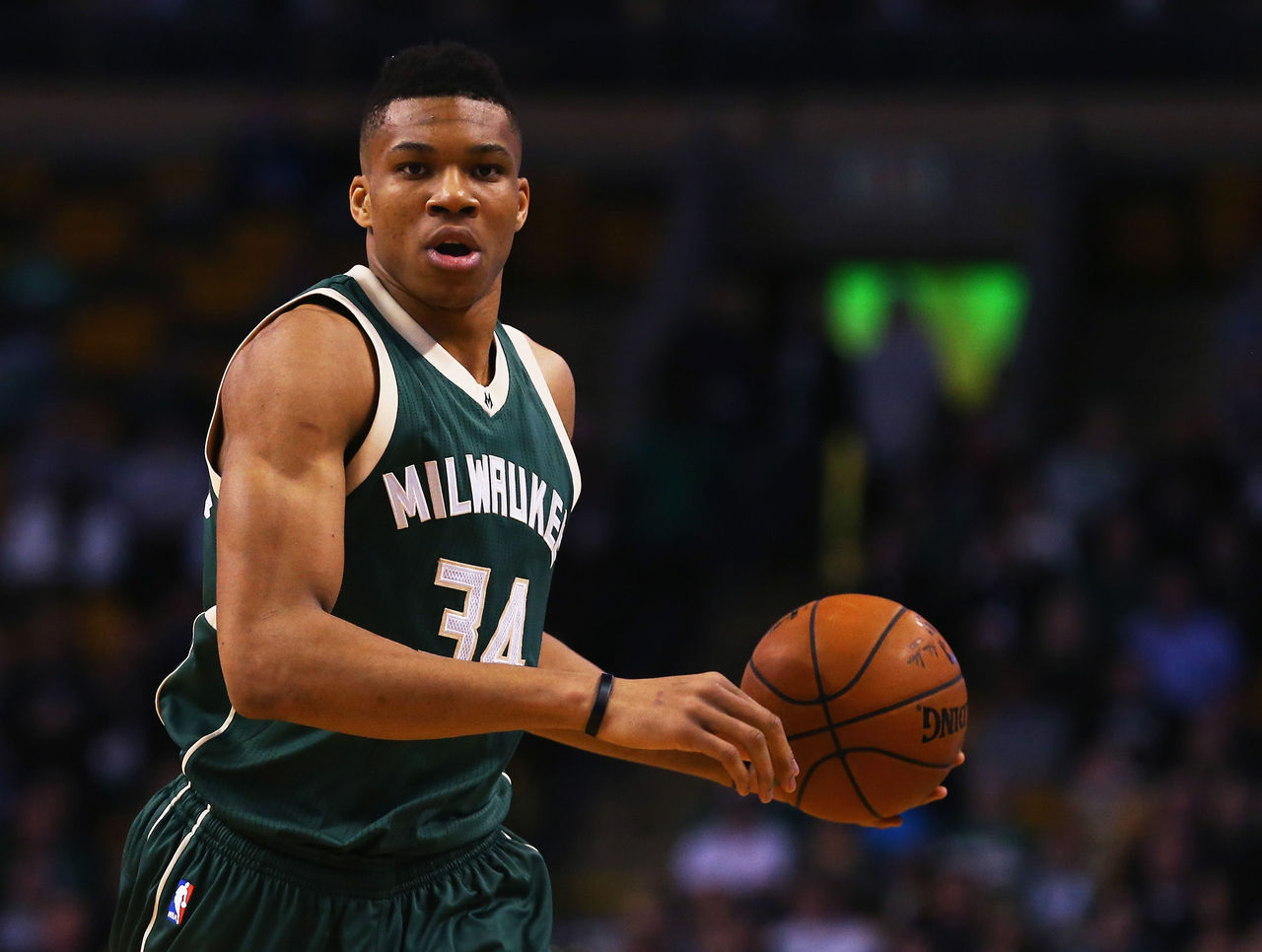Is opponent rank vs. position (OPRK) actually useful in daily fantasy hoops?
Follow theScore's fantasy feed on Twitter (@theScoreFantasy) for the latest news, features and more.
Opponent rank vs. position (OPRK), sometimes known as defense vs. position, is a common feature on daily fantasy sites. It boils down to how many fantasy points per game a team allows to players of a specific position into one color-coded ranking.
A team that allows the most fantasy points to opposing power forwards will have a big, green "30th" next to PFs facing them on a slate. A player facing a team that shuts PFs down would have a red "1st" beside their name. Like a traffic light, the color-coding gives an implicit message: green means that player's a go, while red means don't play roster them in that tough matchup.
On the surface, that sounds like it should be helpful. It appears to be a tool that can help DFSers indiscriminately and objectively eliminate bad matchups from contention when building a lineup while prioritizing players with those enviable "green" OPRKs.
But in actuality, OPRK is a largely useless and an overly simplistic resource that gives a false sense of sound statistical backing. It only serves to further separate the casual DFS players from the experts by removing deeper analysis from the equation. Without context, OPRK is meaningless; with context, OPRK is rendered irrelevant.
OPRK only works a measure of defensive success in a world where players are completely one-dimensional and predictable in their positional roles, but that's just not how the game is played today. Fluidity on offense means that the textbook definitions of positions ("ball-handling point guards," "perimeter-scoring shooting guards," "mid-range-scoring forwards" and "interior-scoring centers") are outdated.

It's not enough to grab a PG and assume that player will excel in assists, or roster a PF and expect strong fantasy production on the boards. Today's game is now driven by point forwards, stretch fives, combo guards and defensive specialists. If you took 10 players from any one position, you'd see several variations on how they accrue fantasy value.
For example, a team's OPRK against centers doesn't actually tell you anything about how they match up against different types of centers. They do not differentiate between the types of centers that played in previous games.
A team might excel at limiting the fantasy production of defensive-minded centers who derive much of their value from rebounding but that doesn't mean they will be able to contain the outside shooting ability and play-making of Karl-Anthony Towns.

There's also the issue of a player's in-game positional versatility. Carmelo Anthony will be listed among the small forwards on the vast majority of DFS sites this season. Injuries might necessitate that he plays a large portion of a game as the team's nominal power forward. What good does his opponent's OPRK against SFs do you if he isn't filling that role when he's on the floor?
The only way to know how a team defends certain types of players is to study their defense and pinpoint their strengths and weaknesses. Do they have a big man capable of defending out to the three-point line? Does the defense like to slack off their opponent to help clog the lane against slashing guards? Do they rebound well as a team or will they be conducive in DFS to a player whose floor is sustained by a steady stream of rebounds?
Of all fantasy sports, basketball is perhaps the most complex. Game script and real-world strategy are incredibly important. Trying to represent the intricacy of the game in OPRK is pointlessly reductive. You will be better served by digging into the minutia of team stats -- and watching as much game footage as you can find -- to try to understand how uniquely gifted players relate to each other when they occupy the floor at the same time